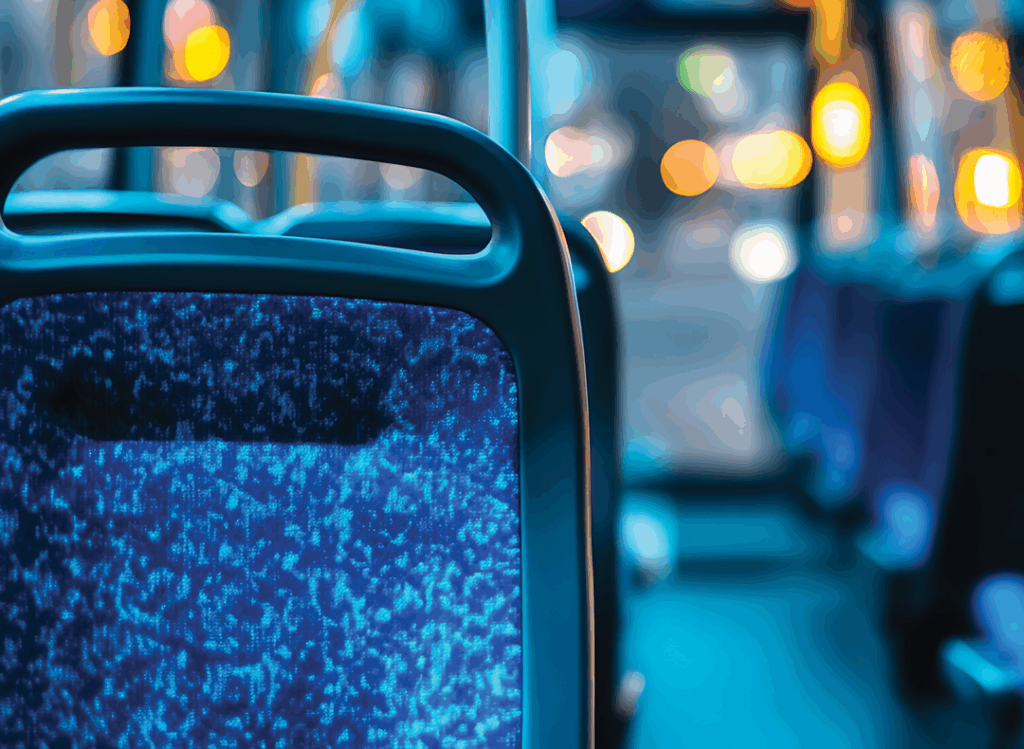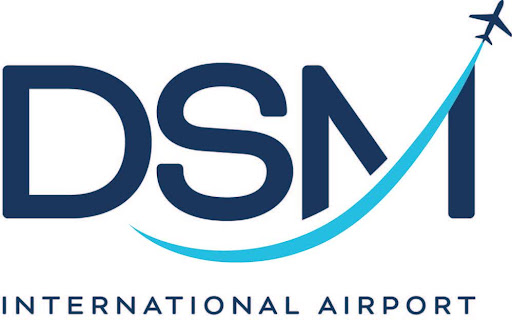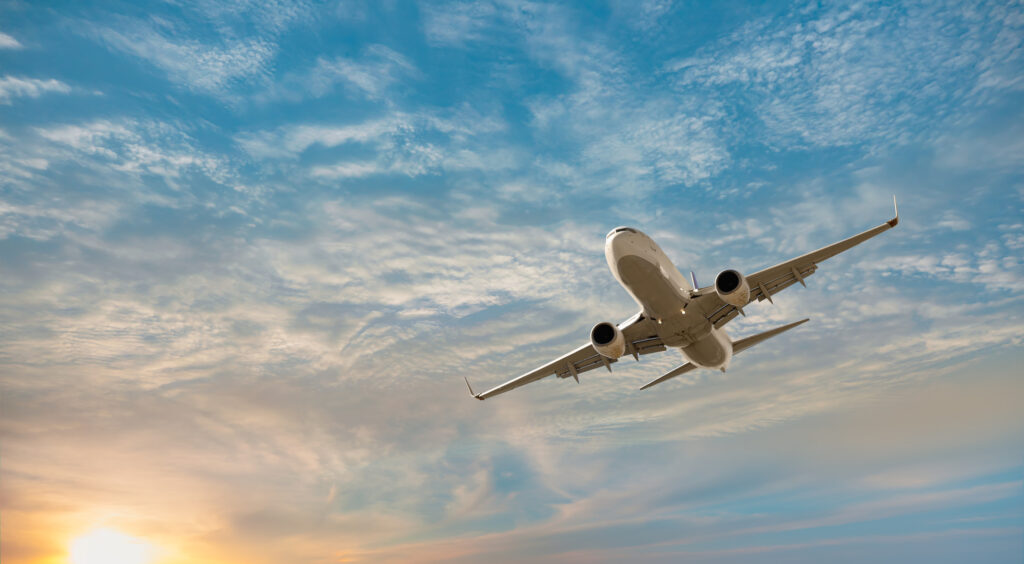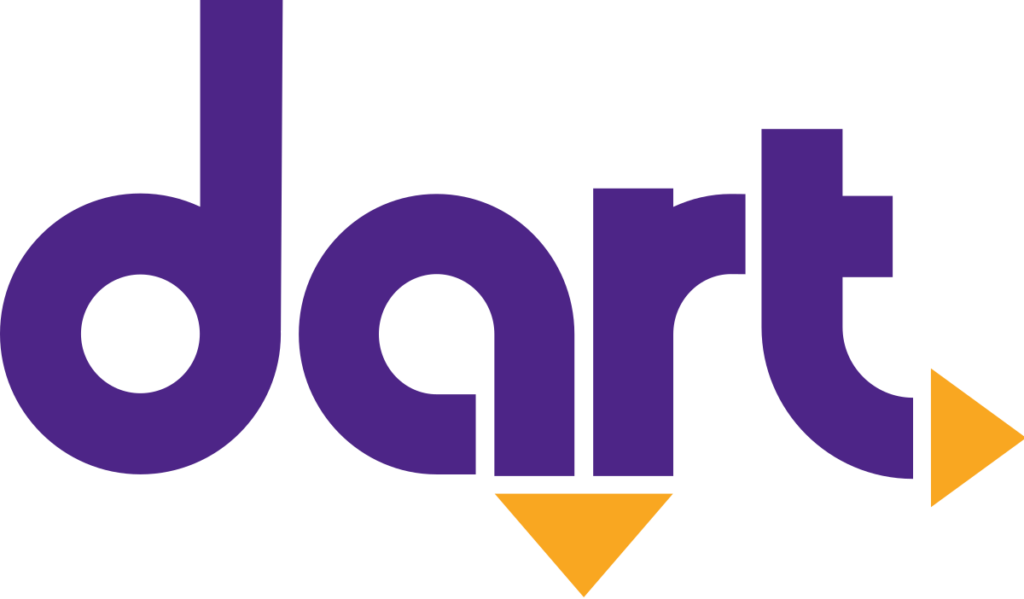2013 Year in Preview: Transportation


… According to Todd Ashby, executive director of the Des Moines Area Metropolitan Planning Organization.
1. Widening Interstate 235 from 63rd Street to 73rd Street: Adding an auxiliary lane to the westbound lane will relieve traffic congestion. Funds for the project have been allocated, Ashby said. Grading and paving will start this year and construction could be completed by the end of the year. Cost: $5.7 million, with $4.9 million in federal funding.
2. Southeast Connector: Construction to extend Martin Luther King Jr. Parkway from Southeast Ninth Street to Southeast 30th Street should begin in May. City officials hope to eventually extend the road all the way to U.S. Highway 65. Construction to Southeast 30th should be complete by 2016. Cost: $6.1 million from Southeast Ninth to Southeast 15th Street, with $4.8 million in federal funding; $16.7 million to Southeast 30th Street, with $14.2 million in federal funding.
3. Widening Interstate 35 from the West Mixmaster to Iowa Highway 5: Construction will add a third lane in both northbound and southbound directions, to ease traffic congestion, Ashby said. Cost: $19 million, with $17.1 million in federal funding.
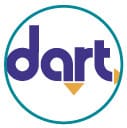
If at first you don’t succeed, try, try again.
That’s what the Des Moines Area Regional Transit Authority (DART) has planned in regard to moving forward with a proposed bus rapid transit (BRT) line. BRT, described as a raillike bus service that provides more frequent stops along a defined route, is the top legislative priority for DART in 2013, after the state declined to fund the project last year.
As DART moves on from a busy 2012, a BRT line would be a visible step toward the transit system’s goal of providing more frequent service for riders. DART wants to make its new Route 60 loop – Ingersoll to downtown to University – into a BRT line. It has secured $1.8 million from the city of Des Moines and a number of private sources. The goal is to raise $5 million locally, which would help DART qualify for a $20 million federal grant.
Officials are pushing for the state to make up the bulk of the difference, and DART is asking for a $2.5 million state grant this year.
Other DART improvements slated for 2013 include technological advances such as online trip planners and the ability for riders to see real-time information on where their bus is.
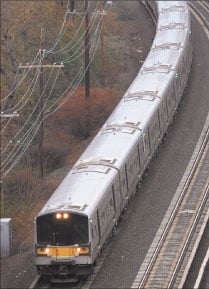
Efforts will continue in 2013 to get passenger train service from Chicago to Omaha, through Des Moines.
A new Iowa Department of Transportation (DOT) study to be released this spring could move the conversation forward.
The DOT late last year released a draft environmental impact study for a potential rail line from Chicago to Omaha, which would pass through Des Moines. The final study, which is an overview of the potential final project, is supposed to be done by the spring, said Amanda Martin in the DOT’s office of rail transportation.
That’s when things have potential to move forward. The study is designed to be used by Iowa lawmakers to decide whether to provide a $20 million state match to leverage $230 million in federal funds. That money has been offered to Iowa and the state of Illinois. Illinois already matched funding for a line from Chicago to the Quad Cities, which should have service by 2015, Martin said. Iowa has the remainder of the federal money pending to extend that line to Iowa City, if the state matches funding.
Beyond that, funding for the remainder of the line likely would have to happen in increments, with more in-depth studies along the way.
The DOTs overview study explores the possibility of the service having seven round trips per day with 110 mph service, which planners estimate would serve between 1.2 million and 1.3 million riders per year. But that also likely would require building new tracks rather than using existing tracks.
A more immediate step would be to run 79 mph service on existing tracks, with two round trips a day. The study estimates that level of service would attract between 325,000 and 400,000 riders per year.
The report points out that a passenger rail line would ease congestion on Interstate 80 and provide people with a cheaper option to travel between the cities along the route. The Greater Des Moines Partnership has listed passenger rail funding as one of its legislative priorities.







